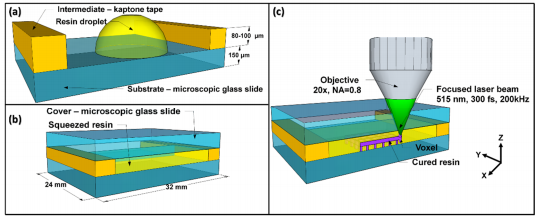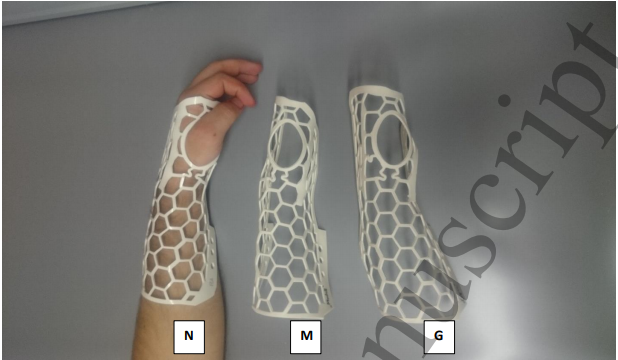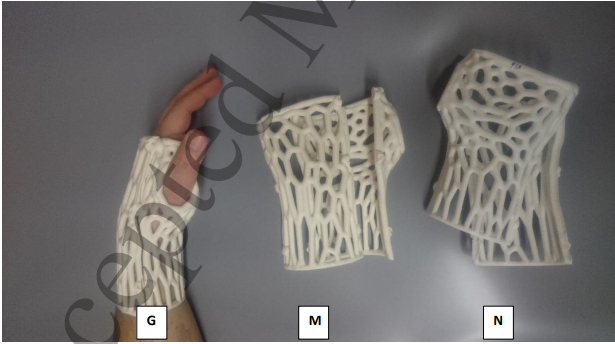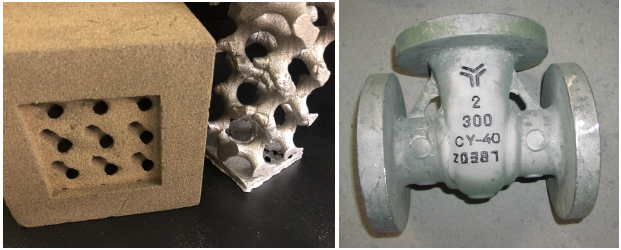In a paper entitled “Photoinitiator Free Resins Composed of Plant-Derived Monomers for the Optical µ-3D Printing of Thermosets,” a group of researchers discusses their investigation of acrylated epoxidized soybean oil (AESO) and mixtures of AESO and vanillin dimethacrylate (VDM) or vanillin diacrylate (VDA) as photosensitive resins for optical 3D printing without any photoinitiator and solvent. Natural oils like these, according to the researchers, are some of the best alternatives to petroleum-based resins.
UV/VIS curing tests were performed on pure AESO and two resin series: AESO/VDM and AESO/VDA. Chemical structure analysis was also performed, as well as Soxhlet extraction, differential scanning calorimetry, thermogravimetric analysis and mechanical testing. The researchers then experimented with the resins using direct laser writing 3D lithography.
“It is known that the acrylic group is more reactive than methacrylic,” the researchers state. “This explains the increase of the induction period and tgel value during the photocross-linking of the resin series AESO/VDM in comparison to AESO. Additionally, the slope of the G’ curve of AESO was steeper than that of the resin series AESO/VDM indicating the quicker formation of the polymer network [50]. High G’ values indicate better mechanical properties of polymers caused by the high density of cross-links. Thus, the higher G’ values of AESO indicate the higher density of cross-links in this polymer (pAESO).”
 The researchers discovered through their experiments that AESO tends to form densely cross-linked polymers even without photoinitiators. AESO and AESO/VDM1, they add, can be “great candidates” as renewable materials for DLW 3D lithography.
The researchers discovered through their experiments that AESO tends to form densely cross-linked polymers even without photoinitiators. AESO and AESO/VDM1, they add, can be “great candidates” as renewable materials for DLW 3D lithography.
“It is envisaged that the photostructuring without the photoinitiators is beneficial for the fields of biomedicine, micro-optics and nanophotonics,” they continue. “The avoidance of toxic photoinitiators increases the integrity of biodegradable cell-growth scaffolds and reduces the auto-fluorescence while performing microscopy in vitro or in vivo. The absorbing materials are detrimental for the use in micro-optics and nanophotonics due to their reduced optical resilience and induced signal losses. Moreover, the use of plant-derived materials in such technologies would benefit greatly due to their low toxicity, high biodegradability, and improved recycling options. Finally, it would reduce the dependency on limited and increasingly expensive fossil resources as well as greenhouse gas emission, which are the targets of the European Commission initiated ‘Europe 2020’ strategy.”
The researchers’ real-time photorheometry study “revealed the higher rate of photocross-linking of pure acrylated epoxidized soybean oil than that of its mixture with vanillin dimethacrylate or vanillin diacrylate without a photoinitiator and solvent.” The addition of vanillin dimethacrylate reduced the rate of photocross-linking the values of the glass transition temperature, thermal decomposition temperature and compressive modulus.
“The formation of more linear and/or branched macromolecules considered the vanillin dimethacrylate effect as a plasticizer for acrylated epoxidized soybean oil in photocross-linking without a photoinitiator,” the researchers conclude. “It was experimentally demonstrated that the homopolymer of acrylated epoxidized suitable materials for rapid 3D microstructuring by the direct laser writing lithography technique.”
Since photoinitiators can cause skin irritations and long term contact allergies in people working with them in liquid form, this may be a very good development for those who process DLP and stereolithography parts. Perhaps it would be safer in the final part as well. Any developments in 3D printing materials can now make all existing compatible materials safer and perhaps less expensive so these kinds of developments have to be applauded.
Authors of the paper include Migle Lebedevaite, Jolita Ostrauskaite, Edvinas Skliutas and Mangirdas Malinauskas.
Discuss this and other 3D printing topics at 3DPrintBoard.com or share your thoughts below.













